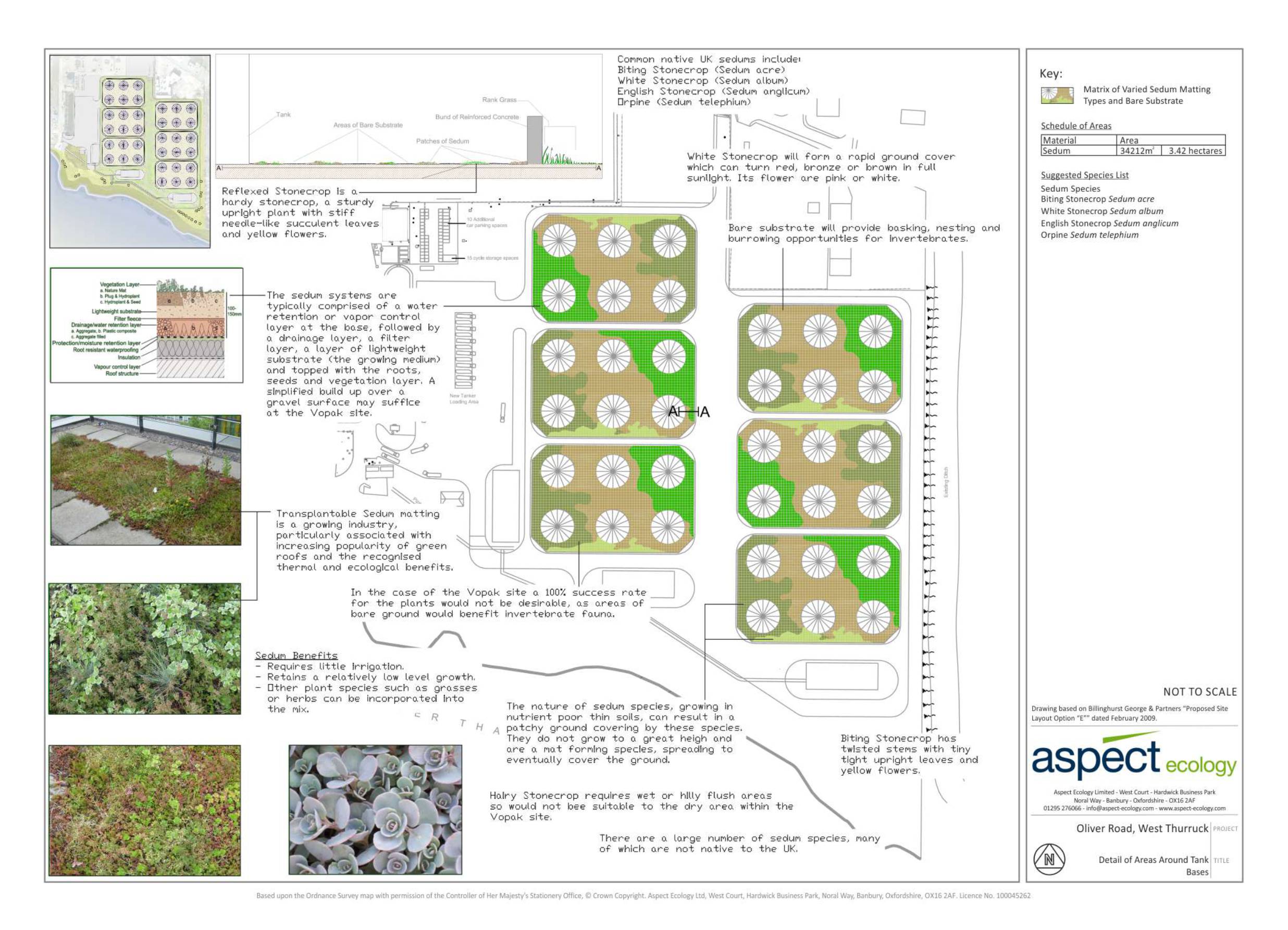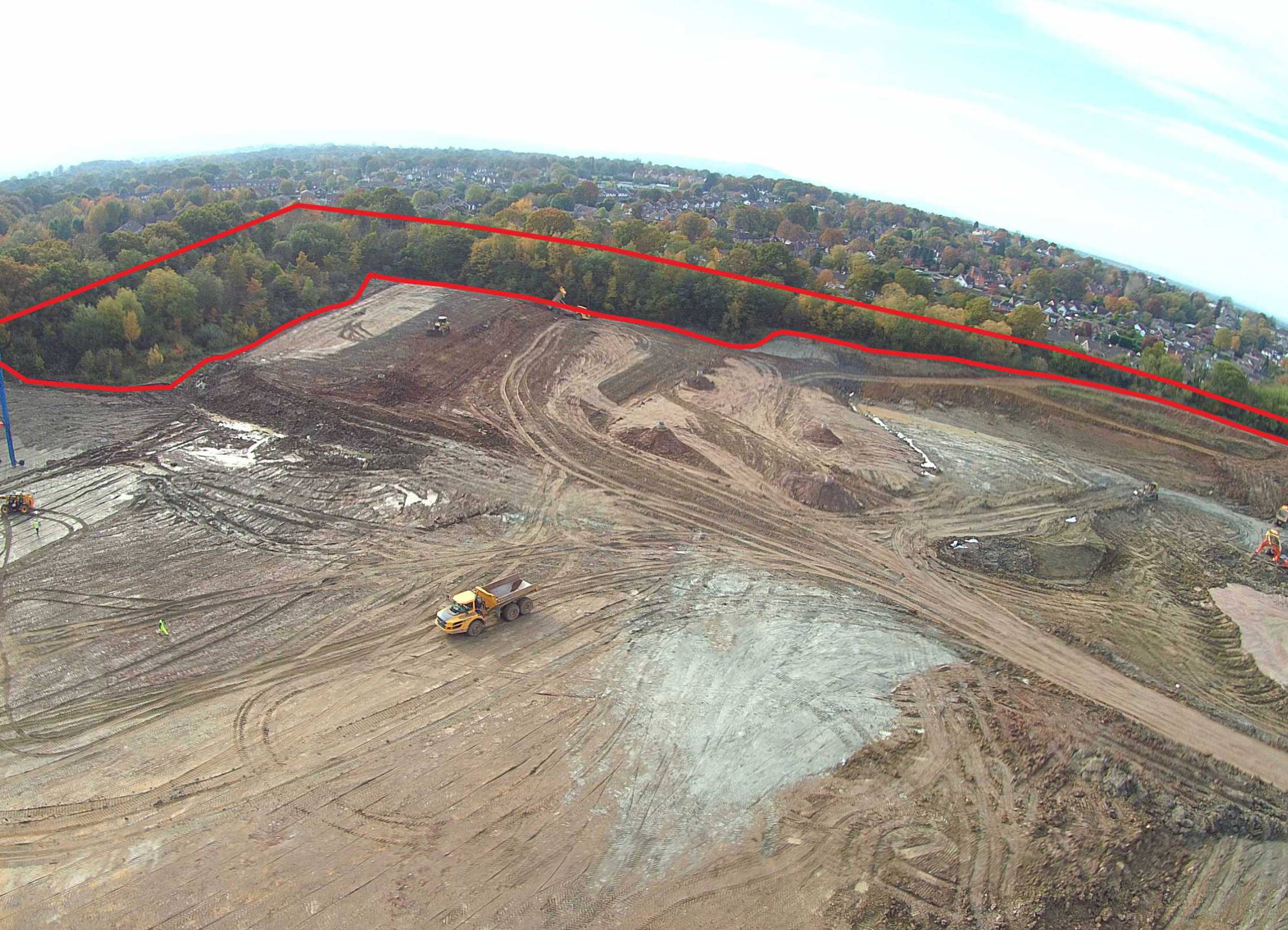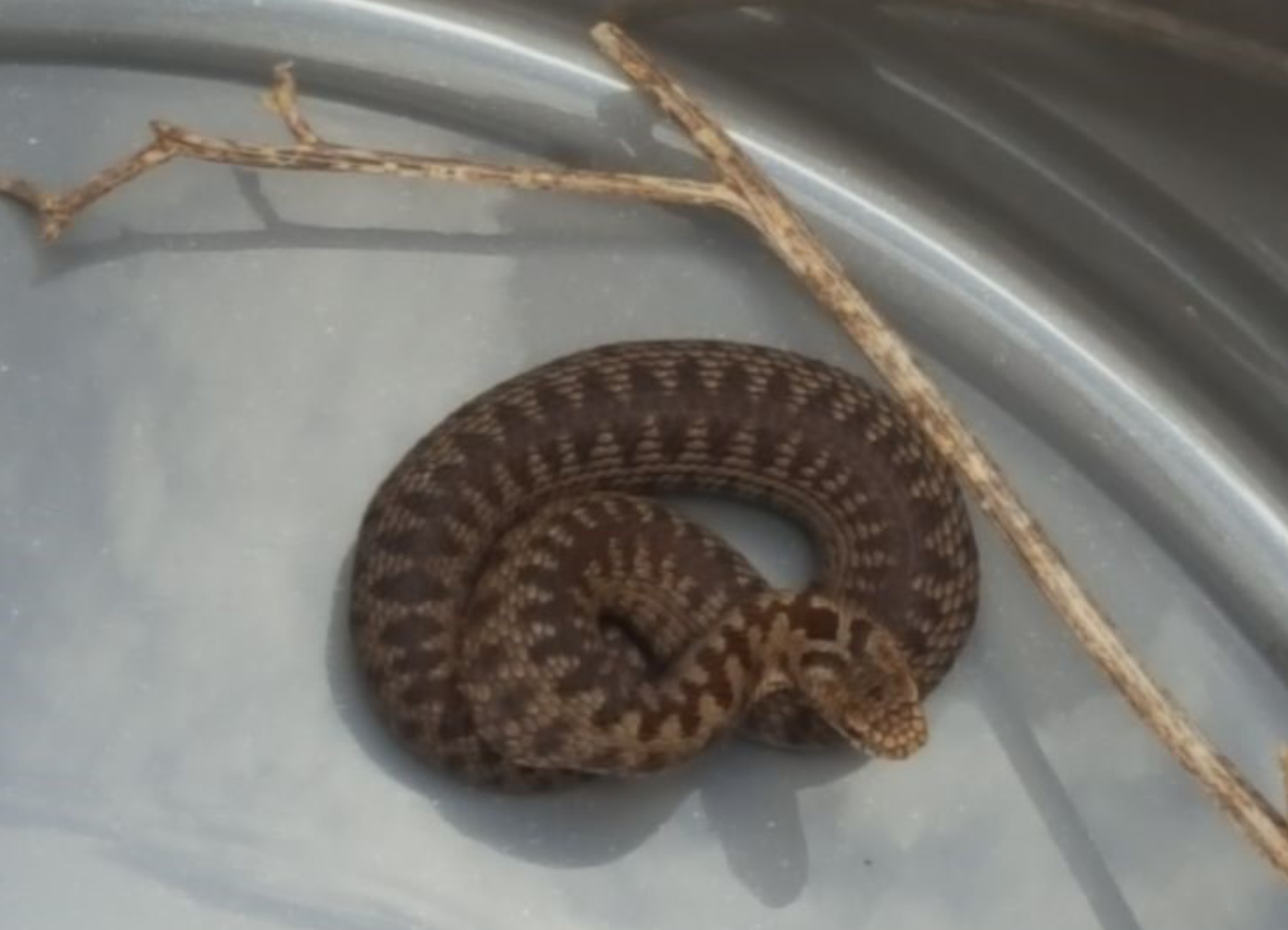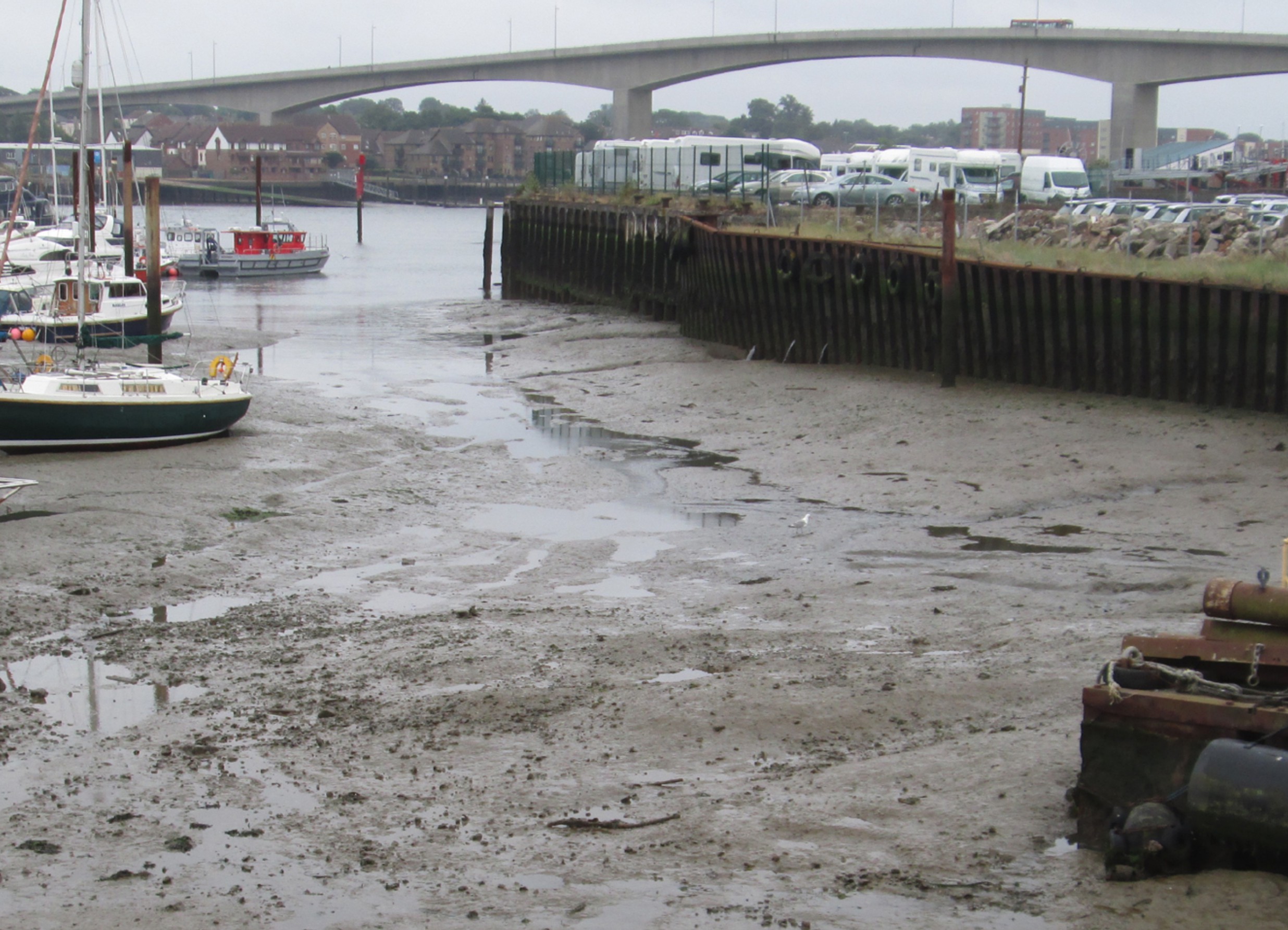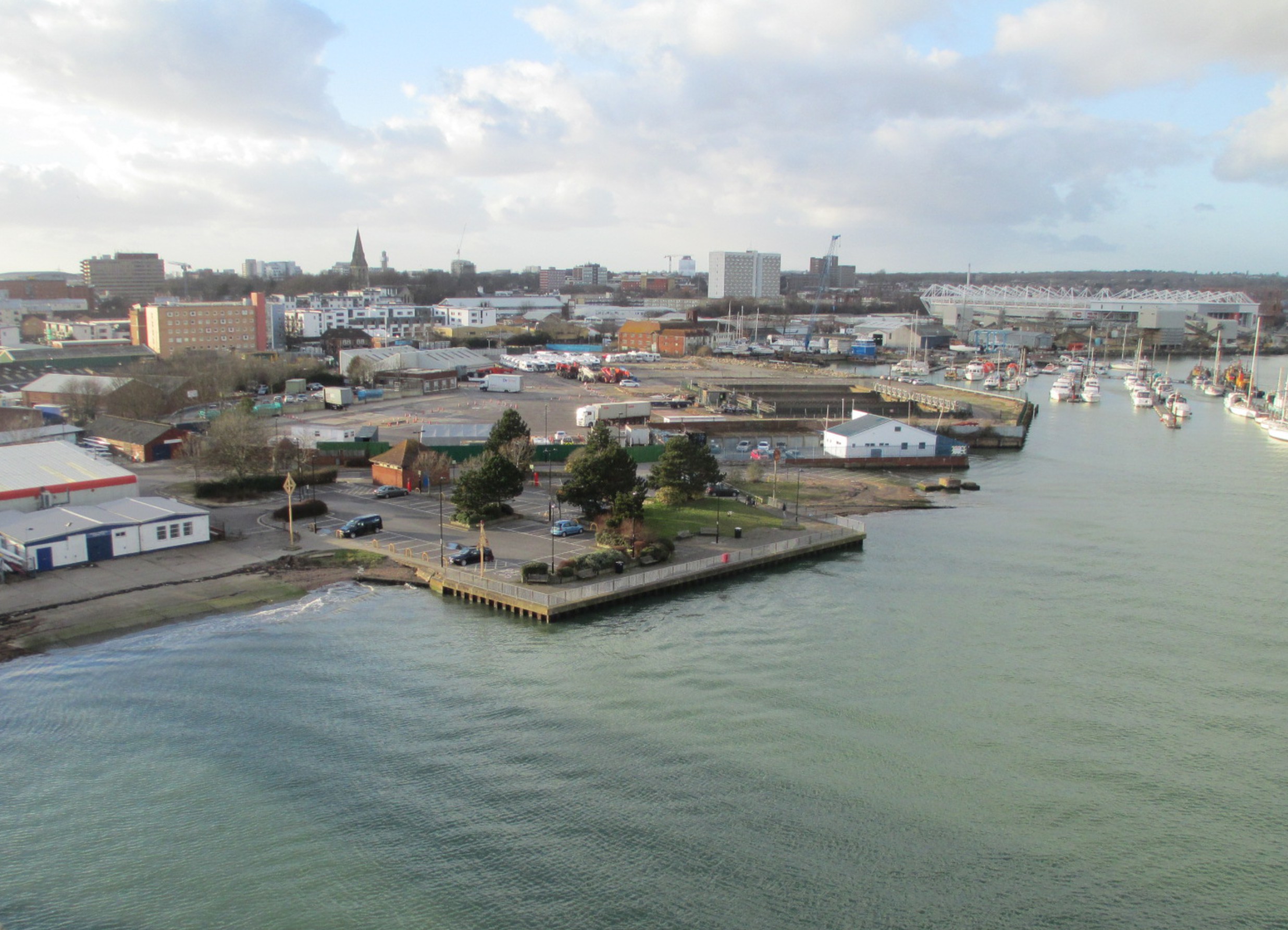
Case studies from Aspect Ecology
Aspect Ecology’s portfolio of projects is wide ranging both geographically and in terms of the sectors within which we operate.
Manston Airport, Kent
Project: Habitats Regulations Screening Assessment of Proposed Night-time Flying Policy
Client: Manston Airport
Aspect Ecology was instructed by Manston Airport to conduct a Habitats Regulations Screening Assessment to identify whether a proposed Night-time Flying Policy (NTFP) would be likely to have a significant effect on a number of nearby international ecological designations.
The airport is located within close proximity of the Thanet Coast Special Area of Conservation (SAC), Sandwich Bay SAC and the Thanet Coast and Sandwich Bay Special Protection Area (SPA) and Ramsar. Aspect Ecology undertook an assessment of the potential effects of the proposed NTFP on the interest features of the designations, in particular the Annex 1 coastal habitats and associated bird assemblages, including internationally important populations of Turnstone and Golden Plover. This included an evaluation of the potential impacts of increased night-time flights on bird collisions with aircraft, and disturbance from noise and visual presence. In addition, the potential for adverse impacts on the designations due to increased nitrogen deposition and pollution of surface water run-off were considered.
The screening assessment concluded that subject to mitigation the proposed NTFP was unlikely to lead to any significant effects on the international designations. The findings were accepted by Natural England, meaning that a potentially significant ecological constraint to the proposed NTFP was addressed.



Vopak, West Thurrock
Project: Extension of a Petroleum Product Storage Facility
Client: Vopak Terminal London B.V. Ltd
Vopak commissioned Aspect Ecology to provide ecological input to several planning proposals on this sensitive brownfield site, which was notable for supporting a highly diverse assemblage of invertebrate species, sufficient to have justified notification of the site as a SSSI.
Aspect Ecology carried out detailed invertebrate surveys, identifying the diverse assemblage of invertebrates present, and subsequently undertook detailed discussions with Natural England, agreeing on the key elements of ecological interest and a potential way forward. Despite the very high level of invertebrate activity, Aspect was able to devise a detailed mitigation strategy, combining the development of much of the site as a tanker park with innovative habitat creation. This design maintained key microhabitats that continue to support the special invertebrate interest of the site.
These mitigation proposals were accepted by Natural England’s national invertebrate specialists; objections to the proposals were dropped and planning permission was subsequently granted for storage facility development.
Whitfield Urban Expansion, Dover
Project: A multi-phased development, comprising mixed and residential use
Client: Phillip Jeans Homes Ltd
Aspect Ecology was instructed by Phillip Jeans Homes to undertake a suite of ecological surveys to assess potential effects on an adjacent Special Area of Conservation (SAC) to inform the production of the Whitfield Urban Expansion (WUE) Supplementary Planning Document (SPD) (adopted 2011), the draft Habitats Regulations Assessment (HRA) of the SPD, and to prepare an EIA for the first phases of the development. This included designing and undertaking a series of bespoke visitor surveys of the SAC, in order to quantify the potential recreational impacts of the proposed development.
Due to the size of the urban expansion (5,750 new homes) and its location adjacent to an SAC, mitigating for potential recreational effects on an international ecological designation presented significant challenges. However, Aspect’s bespoke design and completion of the SAC visitor study provided data which enabled the potential for impacts to be quantified, to the satisfaction of both Natural England and the planning authority. Aspect’s survey data and analysis informed the urban expansion HRA report and enabled agreement with the Council to be reached on the quantity of the extent of mitigation (in the form of bespoke greenspace provision) required within each development phase. Aspect subsequently worked closely with Natural England and with the client’s design team to agree the appropriate deployment of this mitigation.
Following grant of planning permission for the first phases of development, delivery of the WUE has now commenced, with Aspect continuing to advise on the fine details of the required ecological mitigation.
Upper Rissington, Gloucestershire – Officers’ Mess
Project: Conversion of former Officers’ Mess to Town Houses
Client: Linden Homes & Bovis Homes
Aspect Ecology has been providing ecological input to a multi-phased redevelopment of the former RAF base at Upper Rissington, Gloucestershire for approximately 368 new homes. Aspect Ecology was asked by Linden Homes to prepare a Bat Mitigation Strategy and acquire a Natural England Development licence for the conversion of the Officers’ Mess Building, a large three-storey building, used by four species of bat, including a satellite maternity roost for the rare Lesser Horseshoe Bat.
Aspect Ecology undertook a suite of bat survey work over a number of years in order to devise a comprehensive and proportionate mitigation strategy which was successfully granted a mitigation licence by Natural England. The mitigation strategy involved a phased approach to the conversion works, undertaken within strict seasonal constraints (e.g. outside of the maternity and hibernation periods), whilst works were supervised by Aspect’s trained ecologists.
The mitigation strategy involved the retention and enhancement of the Officers’ Mess loft space, to be used solely for the benefit of bats, with the remainder of the building converted and renovated for residential use. The bat access and egress to the loft space was replicated as far as practicable, with hopper access provided via custom-made dormer windows. Internally, the loft space was enhanced for roosting bats with the provision of features such as hot-boxes, baffles and battens. A monitoring exercise will provide feedback on the mitigation strategy.



Thames Oil Port, Thurrock
Project: Proposed Re-development of Secondary Containment Facilities
Client: Morzine Ltd
Aspect Ecology was asked by Morzine Ltd to design an ecological mitigation strategy in support of an application for redevelopment of a secondary containment bund within the active Thames Oil Port diesel and gasoil terminal in Essex.
Initial faunal surveys confirmed the presence of Great Crested Newt and Water Vole within the area proposed for development along with a number of designated wildlife sites within the wider vicinity. The project brought particular challenges due to the ecological requirement of the species, the land available and the project programme required. Aspect Ecology was able to advise the client on how the on site ecology could be safeguarded and we subsequently designed a comprehensive mitigation strategy to safeguard both the protected species and the local wildlife sites through the enhancement of pond and reedbed Priority Habitats. Licensing was successfully obtained from Natural England and the Great Crested Newt population subsequently translocated to this improved habitat during the summer season.
Aspect Ecology continue to work with Morzine Ltd to deliver further habitat enhancements, prior to the completion of a Water Vole translocation to ensure the continued safeguarding of the species.



Royal National Orthopaedic Hospital, Stanmore, London
Project: Redevelopment to provide new hospital facilities and residential development (including staff accommodation)
Client: Royal National Orthopaedic Hospital (RNOH) NHS Trust
Aspect Ecology was instructed to carry out ecological works to inform the hybrid application for redevelopment of the hospital. A key issue was the presence of non-statutory nature conservation designations within the hospital grounds including RNOH Grounds Site of Borough Grade 1 Importance for Nature Conservation (SBINC) and Pear Wood and Stanmore Country Park Site of Metropolitan Importance for Nature Conservation (SMINC).
To provide an assessment of these designations and inform the redevelopment proposals, Aspect Ecology carried out specific survey work of the designated interest features, including relict ancient woodland, acid grassland and Southern Wood Ant. This included detailed vegetation surveys to identify woodland and grassland areas supporting characteristic indicator species, and mapping of ant nests. A Framework Ecological Management Plan was then produced in consultation with the project team, identifying important habitat areas to be retained and restored, together with opportunities for new habitat creation.
Based on the work undertaken, Aspect Ecology was able to satisfy the rigorous requirements of the Council’s Biodiversity officer, and the application was successfully granted planning permission. Aspect Ecology has subsequently assisted with preparing information to discharge planning conditions and accompany reserved matters applications.
Manor House
Project: Residential development
Client: Crest Nicholson Chiltern
Aspect Ecology was asked by Crest Nicholson Chiltern to provide ecological input into a large-scale residential development in Birmingham, with a particular need to consider use of the site by Badgers.
The extensive use of the site by Badgers within and adjacent to the development footprint was a potential significant constraint to the development. However, Aspect Ecology produced a practical and proportional mitigation strategy that enabled the proposals to be brought forward that was successfully agreed with Natural England and delivered under a Badger mitigation licence. This strategy was designed so as to fully safeguard Badgers during all stages of the development. It involved the creation of an above ground artificial sett, to provide a sustainable new feature within the site and ensure all retained trees and their roots were safeguarded. Occupation of this artificial sett occurred almost immediately.
Subsequent temporary sett closure works ensured the main and annex setts were safely closed prior to construction works. However, repeated re-excavation into the closed setts during the closure period occurred and to overcome this Aspect Ecology recommended the use of a ‘live dig’ methodology and subsequently agreed a licence addendum with Natural England to authorise the use of this this technical method. Successive work was supervised by our experienced Ecologists and enabled the project to be successfully delivered within the parameters of the licence conditions and ensured Badgers were fully safeguarded and able to re-establish usage of the temporarily closed setts upon completion of the works.



Keymer Tiles Works, Burgess Hill
Project: Redevelopment of a former clay pit and tile works for a phased mixed use and residential development
Client: Croudace Strategic Limited
Croudace Strategic instructed Aspect Ecology in regard to post-consent ecology works, following grant of outline planning for the site. This included implementation of Great Crested Newt mitigation under a phased Natural England European Protected Species (EPS) Licence, to be carried out, in part, whilst the minerals operation remained live.
The Great Crested Newt mitigation presented a number of challenging aspects, given the large population of newts present and the reduced habitat area that would be available following development, together with the need to phase habitat delivery to allow substantial ground remodelling works to take place. Aspect Ecology worked closely with the client and negotiated with Natural England to work up an agreed mitigation scheme, involving the enhancement of retained habitats and phased creation of a new area of high quality newt habitat to be provided following ground remodelling works.
Following grant of the licence, Aspect Ecology worked closely with contractors to manage the project delivery so as to release the site for development. Aspect Ecology successfully facilitated the habitat creation works, the installation of newt fencing across the site and a site-wide translocation exercise which relocated a considerable population of over 1500 Great Crested Newts.
High Speed Rail 2 (HS2)
Project: High Speed Rail 2 London to Birmingham
Client: Atkins Global Ltd.
Aspect Ecology was instructed by Atkins Global Ltd. to carry out Phase 2 protected species surveys for Otter, Water Vole, White-clawed Crayfish and bats with respect of new national rail infrastructure – HS2.
Aspect Ecology was well positioned to provide considerable expertise to assist this high profile project, due to our large team of ecologists with extensive experience in carrying out survey work and assessments for Otter, Water Vole, White-clawed Crayfish and bats. Due to the landscape scale of our field survey work, extending from Warwickshire to Staffordshire, a considerable amount of survey planning and logistical insight was required, in order to carry out all of the survey work within the required seasonal timeframe. Aspect Ecology worked in close liaison with the client and HS2’s land access team, in order to ensure that the survey work could be delivered as efficiently as possible.
The HS2 project has its own specific set of Phase 2 protected fauna survey methodologies, and reporting requirements, which Aspect Ecology was able to adapt to and undertake rapidly, supported by our extensive experience in all aspects of ecological field survey.
Aspect Ecology was able to provide a considerable amount of ecological survey resources to this nationally significant infrastructure project, including highly experienced surveyors and our remote wildlife monitoring equipment, which was deployed to complement standard survey techniques and reduce the overhead costs to our client through the associated reduction in survey hours.



Hoplands Farm, Hersden, Kent
Project: Neighbourhood extension including residential and commercial development and open space
Client: Quinn Estates
Aspect Ecology was instructed by Quinn Estates to advise on ecological matters relating to proposed development of land at Hersden, adjacent to Stodmarsh Special Area of Conservation (SAC), Special Protection Area (SPA) and Ramsar site.
Stodmarsh supports extensive areas of open water, reedbed and scrub either side of the River Stour, and is subject to European designation for its wetland bird and invertebrate interest. Accordingly, the location of the development site adjacent to the SAC presented a number of challenges. Drawing on previous background work and in consultation with Natural England, Aspect Ecology undertook a detailed assessment of potential effects on the interest features for which Stodmarsh is designated to inform a Habitats Regulations Assessment. This included a review of bird species supported by the designations to establish vulnerability to cat predation, site surveys to assess potential access points and accessibility from the proposed development, and consideration of matters such as water quality and disturbance. Aspect Ecology then worked with the project team to develop proposals for a dedicated Ecology Parkland to buffer the development from the SAC, forming supporting habitat for species associated with the Stodmarsh designations.
Based on the work undertaken and mitigation proposed, a positive planning consultation response was received from Natural England, and the scheme was subsequently granted planning permission.
Thames Enterprise Park, Former Coryton Oil Refinery
Project: EIA Strategy for Proposed Remediation and Re-development
Client: Marcol Industrial Management LLP
Aspect Ecology was asked by Marcol Industrial Management LLP to provide ecological input into the hybrid planning application, in respect of this extensive site at the Former Coryton Oil Refinery in Essex.
The site presented a number of ecological challenges due to the presence of a regionally notable invertebrate assemblage centred on the Priority habitat Open Mosaic Habitat on previously developed land. The site is also bordered by a pSPA, SSSI and Marine Conservation Zone. Aspect Ecology engaged in the design process to produce a comprehensive ecological management framework, integrating biodiversity into the proposals through the creation of a designated ecological mitigation area to safeguard on-site biodiversity. The area was enriched to provide greater suitability for local Water Vole, reptile and invertebrate populations, through the careful management of scrub and reedbed habitats and the addition of a number of faunal enhancements including hibernacula, log piles and butterfly banks. As part of the mitigation requirements, a 60 day reptile translocation exercise was undertaken, during which over 600 Common Lizards and a number of Grass Snake and Adder were relocated, safeguarding the local reptile population.
Aspect Ecology continues to work with Marcol Industrial Management LLP to provide ongoing ecological advice and input into the wider hybrid planning application.
Chapel Riverside and Former Meridian TV Studios, Southampton
Project: Mixed-use development
Client: Inland Homes
Aspect Ecology was instructed by Inland Homes to advise on ecological matters relating to mixed-use development of two brownfield sites fronting the River Itchen in Southampton.
The sites are sensitive in nature due to their location within close proximity to a number of European-level designations, including the River Itchen Special Area of Conservation (SAC) and Southampton Water Special Protection Area (SPA), which are designated principally on the basis of waterfowl interest and Atlantic Salmon. To address these sensitivities, Aspect Ecology undertook detailed assessments of the development proposals as part of a Habitats Regulations Assessment (HRA), which included comprehensive wintering bird surveys, fore-shore mapping and a review of existing baseline information undertaken as part of the Solent Disturbance and Mitigation Project (SDMP).
Aspect Ecology worked with the developer and consultees (including Natural England and the Council Ecologist) to develop appropriate mitigation in regard to interest species, including specialist ecological input to Construction Environmental Management Plans (CEMPs).
The projects were successfully granted planning permission and Aspect Ecology continues to assist the developer on the implementation of the consents.














